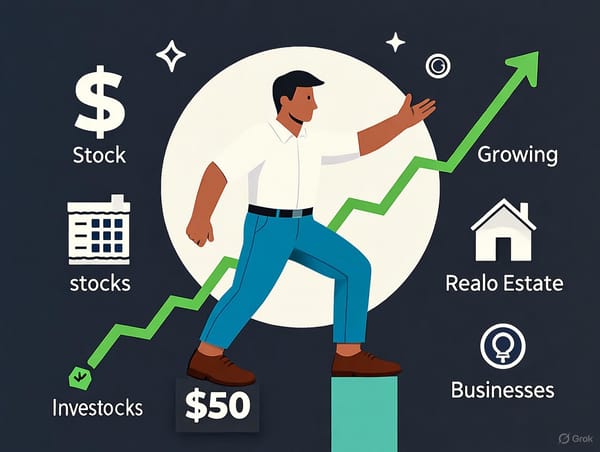From Gut to Evidence
Pairing intuition’s spark with evidence-based research transforms gut feelings into confident, informed decisions.

Intuition is that inner nudge guiding us when logic alone falls short. It’s powerful but imperfect, shaped by experience yet prone to bias. The key to confident decisions? Pairing intuition’s spark with solid evidence. Here’s how to harness your gut feelings, test them with research, and make choices that stand up to scrutiny.
Why Intuition Matters
Intuition acts like an internal compass, drawing on subconscious patterns and past experiences. Scientists call it rapid cognition—your brain connecting dots faster than you can explain. A chef might tweak a recipe on instinct, or a firefighter might sense danger before it’s obvious. In high-pressure moments, this “gut sense” can be a lifesaver. But biases, emotions, or outdated assumptions can cloud it, making intuition a starting point, not the final word.
The Risks of Gut Alone
Intuition falters when unchecked. Cognitive biases—like favoring familiar ideas (confirmation bias) or overemphasizing recent events (availability heuristic)—can mislead. For example, you might distrust a new colleague because they remind you of someone unreliable, not based on evidence. Emotions like stress or excitement can also distort instincts, leading to impulsive or overly cautious choices. Complex decisions, like investments or medical choices, demand data to clarify what intuition suggests.
Step 1: Capture the Spark
When you feel a hunch—say, “this project is off track”—pause and articulate it. Write or say it out loud to make it tangible. Then ask: Why do I feel this? Is it based on observations (e.g., missed deadlines) or just a vibe? This reflection turns instinct into a testable hypothesis.
Step 2: Ground It in Evidence
Research transforms hunches into decisions. Follow these steps:
- Frame a Question: Turn your instinct into a clear query, like “Will this product succeed?”
- Gather Diverse Data: Use primary sources (e.g., customer feedback) and secondary sources (e.g., market trends) for a full picture.
- Challenge Assumptions: Seek evidence that contradicts your gut to avoid bias.
- Quantify Where Possible: Use numbers—sales data, timelines, or surveys—to add precision.
For example, a startup founder sensed their product wasn’t selling due to poor branding. Instead of rebranding, they surveyed customers and found the issue was ineffective marketing channels, saving time and money.
Step 3: Blend Instinct and Evidence
Compare your gut to the data. If they align, act with confidence. If they clash, dig deeper—your intuition might catch something data misses, or vice versa. For low-stakes choices (e.g., picking a restaurant), lean on intuition. For high-stakes decisions (e.g., career moves), prioritize evidence but let intuition guide where data is unclear.
Build the Habit
Sharpen your intuition with practice:
- Reflect on past gut decisions to spot patterns.
- Stay curious—read widely and seek feedback to fuel better instincts.
- Test the process on small choices, like planning a trip.
- Embrace uncertainty when perfect clarity isn’t possible.
Make It Yours
From business pivots to personal choices, this approach works. A doctor might use a hunch to order tests, confirming a diagnosis with results. A parent might sense a school isn’t right for their child, then research test scores and programs to decide. Next time you feel a spark, don’t ignore or obey it blindly—test it. Turn your gut into great decisions with the clarity of evidence.
Try It Now: Think of a current decision. Write down your instinct, list one piece of evidence to test it, and see where it leads.





